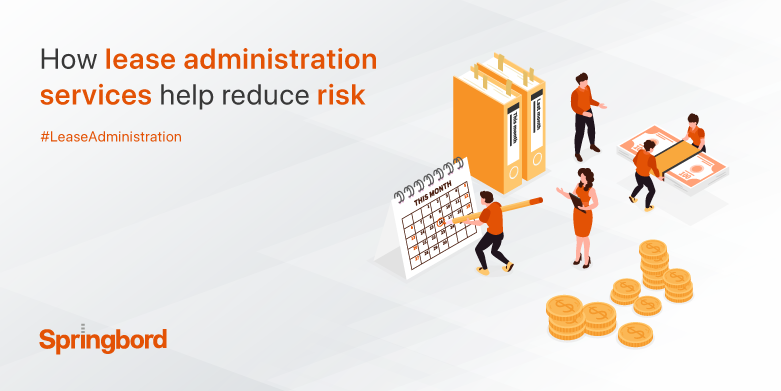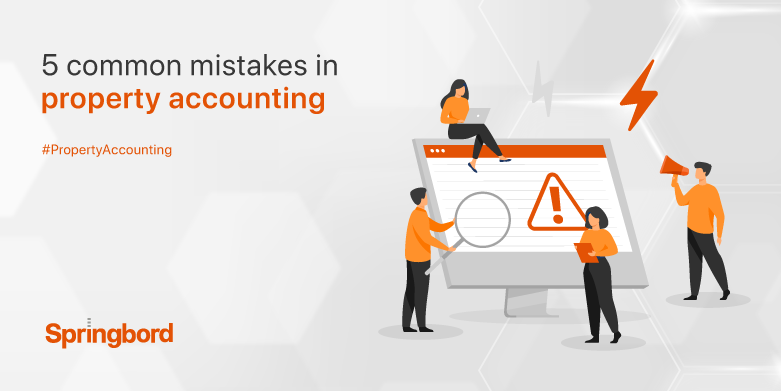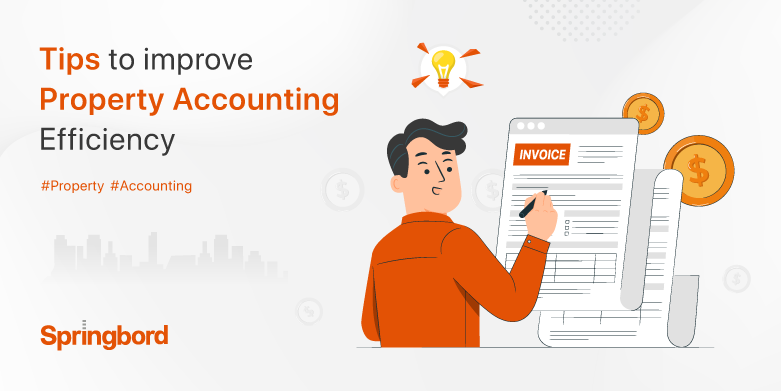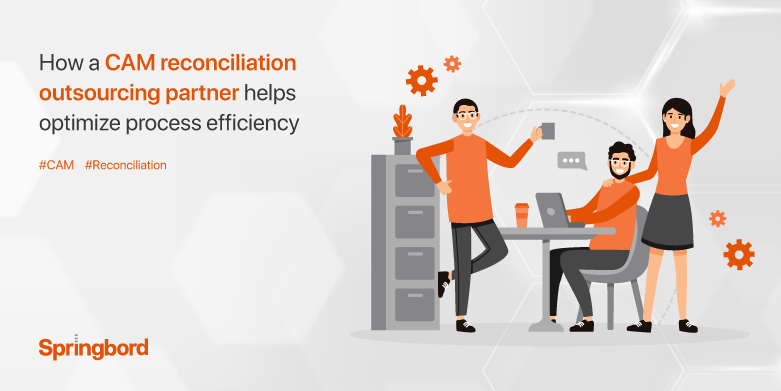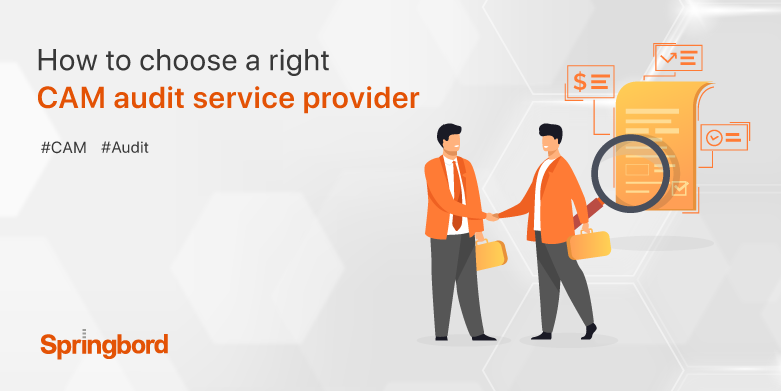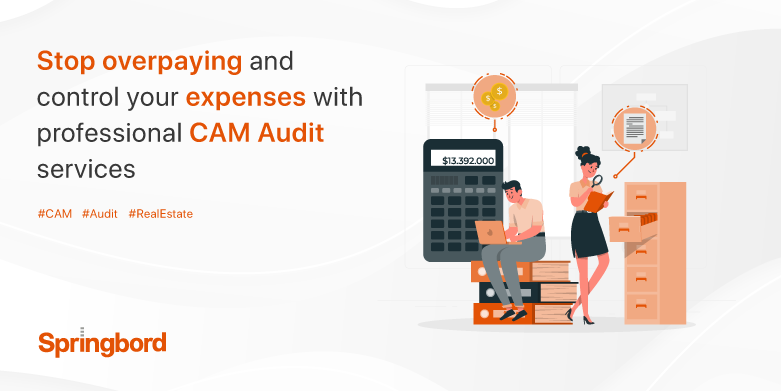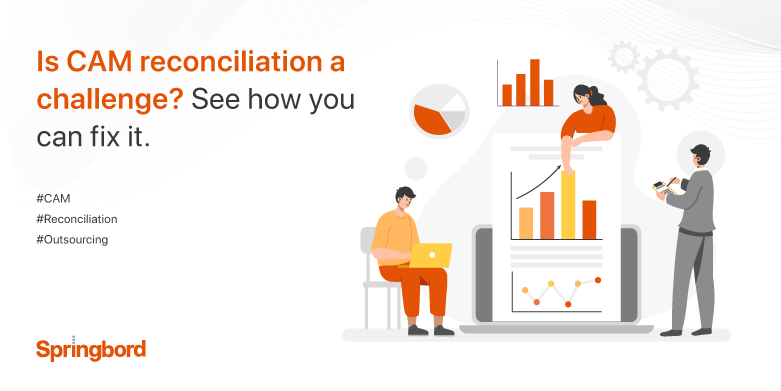Lease administration is the management of the agreement in the real estate field. It includes administering all the tasks that are listed in the company’s lease portfolio. The tasks consist of various jobs like reporting, coordinating between stakeholders, managing documents, managing rent, and several administrative activities. Leases might vary from property to property; hence, every
Owning property includes a lot of legal work and it consists of both tangible and nontangible properties. In real estate, you will come across a vast complex heap of rules and processes. With so much in hand to manage mistakes are bound to happen but in a business like this, errors are expensive and one
Real estate is an asset-heavy business, which makes managing the business quite complex and tedious. Add to this, property managers are also tasked with managing property accounting, which could be increasingly challenging given the volume and type of portfolios. Poor property accounting is a huge liability resulting in error-riddled books with missed revenues, expenses, and
Common area maintenance (CAM) reconciliation is an annual process that forms an integral part of any commercial lease administration. It is critical for property managers, who are tasked with handling this task, to understand how the process progresses through the year and have clear visibility into the relevant data. CAM reconciliation is a complex, time-consuming
Common area maintenance cost (CAM) forms a big part of the commercial occupancy cost. CAM expenses are integral to any commercial leasing contract, and it benefits both tenants and the landlord. That said, tenants tend to have very little control over or visibility into the CAM expenses and it is the landlord who has the
Common area maintenance cost (CAM) forms a big part of the commercial leasing expense. It is often a source of stress and contention for tenants as CAM costs do not follow a set structure and there is a certain lack of transparency as to how they are calculated. While most tenants pay CAM expenses in
Lease administration has evolved from being a support function to a more strategic role that allows industry players to optimize lease portfolio performance. An efficiently managed lease administration can help gain complete access to the lease portfolio, improve risk assessment and management, maximize recoveries, and ensure timely accounting and compliance. That said, given the wide
Common area maintenance (CAM) reconciliation is one of the most critical tasks of commercial lease administration, which if not done correctly can result in significant losses. CAM reconciliation is a complex, tedious, and time-consuming activity and your team is under constant pressure to get it done accurately and in a timely. This makes the process
As a business owner you are burdened with a slew of responsibilities, one of which is optimizing the cost of doing business. Amongst which maintaining and managing the lease for the business premise ranks top on the priority list. However, given the myriad business and operational demands, it hardly comes as a surprise that some
Common area maintenance (CAM) expenses are one of the most complicated yet important parts of any commercial lease agreement. CAM expenses do not have a standardized process for calculation and reconciliation which is why it often tends to be a point of contention between tenants and landlords. Lack of transparency also often tends to make


